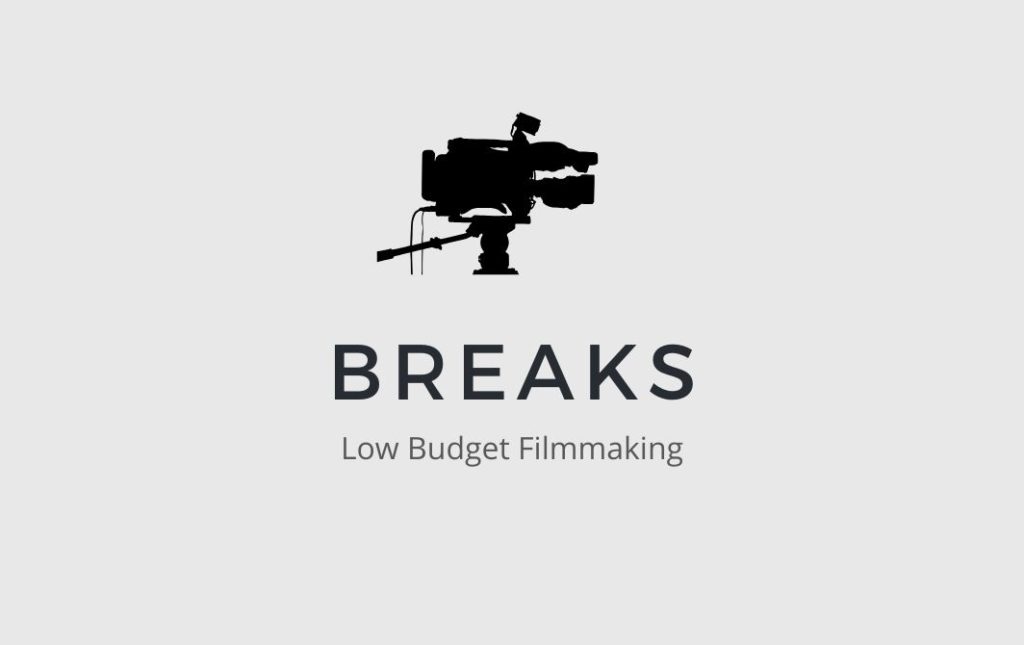In some regional film industries, schedule breaks are not the norm. Even in big budget productions, the shoots are scheduled non-stop for 30 to 40 days. I come from a more streamlined workspace, IT, where both Saturdays and Sundays are off. To me this is madness.
Schedule breaks are a luxury that big budget productions might not be able to afford. While making your debut film with a low budget, not only can you afford breaks, but it is an advantage that you must make use of.
This is an excerpt from my book The Indian Indie Film (or Make Your Film for rest of the world). It was written from the experience of making my debut feature film on an iPhone for ₹5 lakhs ($7,000). Now available on Amazon.
Breaks Add Creativity
In a full scale production each department has its own personnel. While in a low budget film, you and everyone in your team are going to be doing multiple roles simultaneously. For Munnariv, the 10 people on set did everything from acting to lights, sets and costumes. Doing this continuously for a stretch of time is taxing. Doing any kind of work for 12 hours a day continuously for 10 or 12 days is draining.
Your crew might be ready to push themselves for you. But when the body is tired, the brain shuts off. It does not have enough resources to come up with solutions. You are always facing challenges when on set. The creativity with which you solve those challenges is the creativity you see on screen. (If you did your job properly in preproduction, then a lot of it would have been made earlier, when you had time to think and decided clearly.)
Breaks Reduce Expenses
Besides giving you the time to recharge, breaks give you time to analyse what you have made so far. If you are yourself the editor, or if you have someone editing, during the breaks you can quickly put together an assembly cut and ‘see’ what you have shot, as opposed to the film in your head.
For long production, the director gets to see what he/she has shot only after the production has wrapped. Even when there are spot editors, or an editor editing in parallel. In case they missed something, or if in the edit they feel that an additional pickup shot can enhance the story, then they have to reassemble the whole team and plan a reshoot.
“Taking breaks is a luxury that even big budget productions can’t afford, but you can. Use it well.”
At times one additional shot of an actor looking this way or that way can make the edit flow smoother. It can keep the audience engaged. Though there are always ways to work around something, when you know this while you are in production, it is a simple matter to capture this. It is no extra effort for anyone.
Greasing The Engine
Besides missed shot, there are always other problems coming up during production. There could be problems with an actor’s availability, a location might have fallen off at the last minute, you might have missed a scene and so on.
When the production is running it is like a train at full speed. Halting at a station lets you check in on the brakes, the engines, the wheels. A throwaway act like greasing a joint might not seem like much. But if such corrections are not done on time, the whole train can get derailed.
“Remember, a finished product is better than no product.”
You might have to recast an actor, replace a torn dress, reschedule and so on. Breaks give you time to regroup and solve issues; to take a breather from the rolling high speed train and think clearly. Other problems will rise again as the schedule restarts. You know you can tackle them when you have breaks planned in advance.
Even if it is just a two days break, it lets you rest, solve problems, and gets you ready to be back on set. Do you agree?
Hey Aspiring Filmmaker,
I debuted my film career making a feature film for ₹5 lakhs ($7,000) on an iPhone. I’d like to help you do the same. So I wrote everything I learned into a book. It is now available on Amazon, called The Indian Indie Film (or Make Your Film for rest of the world). Enjoy!





